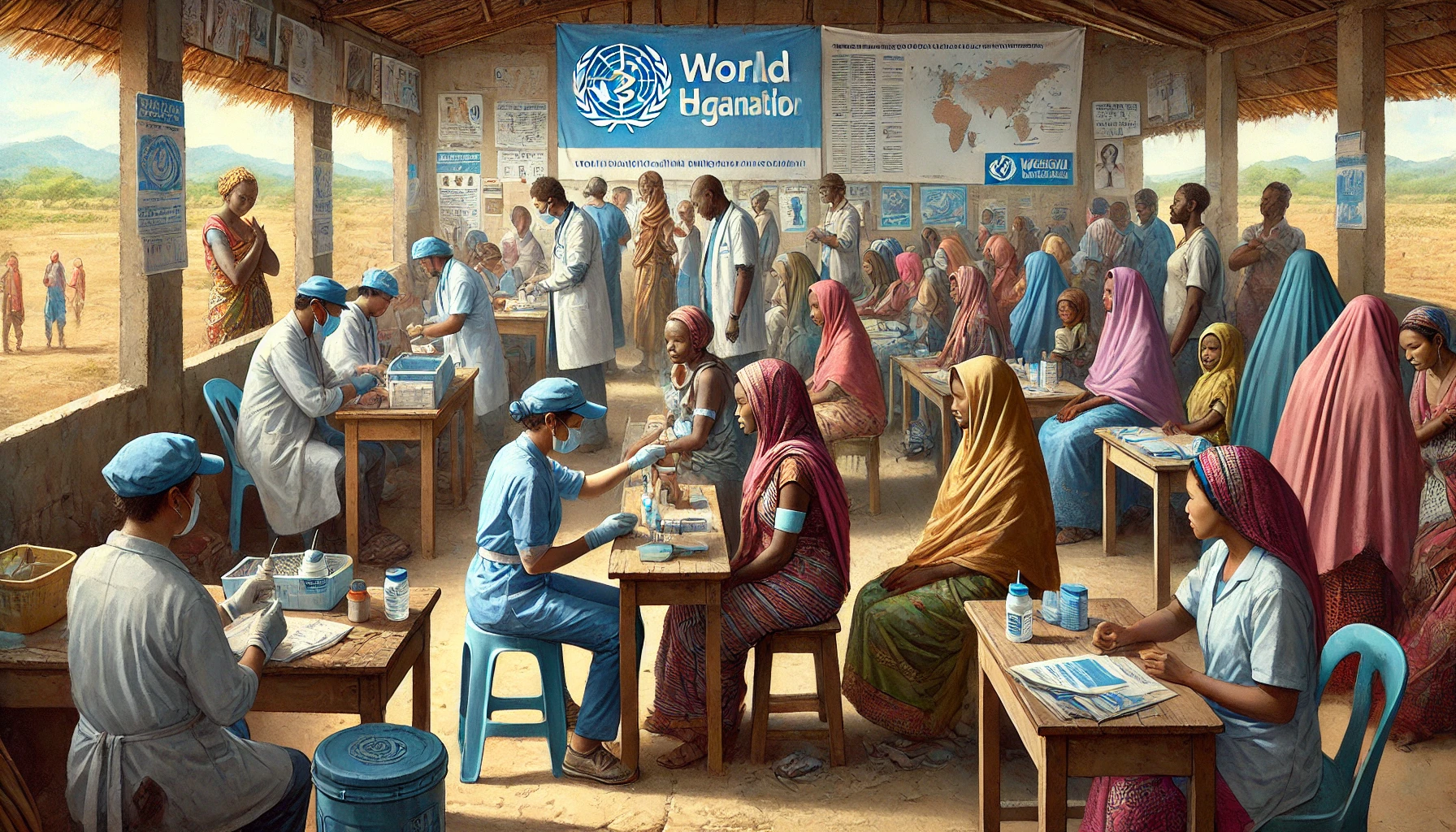The Global Battle Against Cervical Cancer: Focus on Low- and Middle-Income Nations
Cervical cancer remains a major health challenge in low- and middle-income countries due to limited resources, low vaccination and screening rates, and cultural barriers. Global efforts, particularly by WHO and international organizations, aim to eradicate the disease, but significant challenges persist, especially in resource-limited settings.

The devastating impact of cervical cancer, particularly in low- and middle-income countries (LMICs), underscores a significant global health challenge that demands urgent attention. Researchers from the Department of Pharmacy at the University of Asia Pacific, North South University, BRAC University, and United International University, all based in Dhaka, Bangladesh, have delved into this pressing issue, focusing on the response of LMICs to the World Health Organization’s (WHO) call for cervical cancer eradication. Cervical cancer is the second most common cancer among women in these regions, and its prevalence is compounded by resource limitations, lack of public awareness, and late-stage diagnoses. The WHO’s initiative to eliminate cervical cancer includes a comprehensive strategy aimed at vaccinating 90% of girls by age 15, screening 70% of women by ages 35 and 45, and treating 90% of women with cervical illness by 2030. However, the progress in implementing these measures across LMICs has been uneven and often slow, reflecting the significant challenges that these countries face in combating the disease.
Staggering Statistics Highlight the Global Burden
In 2020, approximately 604,127 new cases of cervical cancer were reported globally, leading to 341,831 deaths. The age-standardized incidence rate stood at 13.3 cases per 100,000 women-years, while the mortality rate was 7.2 deaths per 100,000 women-years. Notably, LMICs bore the brunt of these statistics, accounting for around 87-90% of global cervical cancer deaths and roughly 84% of newly diagnosed cases. The high burden of cervical cancer in these regions is closely linked to socioeconomic factors, with resource limitations severely hampering effective cancer prevention and treatment. Unlike in higher-income countries, where cervical cancer can often be mitigated through early intervention and treatment, LMICs face persistent challenges that exacerbate the disease’s impact. Primary and secondary prevention strategies, such as vaccination and screening, have shown promise, but their implementation is frequently stymied by logistical, financial, and cultural barriers.
HPV Vaccination: A Crucial Yet Underutilized Tool
One of the critical components in the fight against cervical cancer is the vaccination against the human papillomavirus (HPV), which is responsible for nearly all cases of the disease. Despite the availability of effective vaccines, such as Gardasil and Cervarix, the rollout in LMICs has been limited. By 2016, only 1.4 million women in these countries had been vaccinated against HPV, compared to 118 million worldwide. This stark disparity highlights the challenges of vaccine access in LMICs, where high costs, limited availability, and logistical hurdles make widespread vaccination difficult. Moreover, cultural concerns and misinformation about the safety and efficacy of the HPV vaccine further hinder its uptake. The WHO recommends vaccinating girls between the ages of 9 and 14, as this is the age group most likely to benefit from the vaccine before becoming sexually active. However, less than 30% of LMICs have implemented comprehensive HPV vaccination programs, and only about 44% of women in these regions undergo regular cervical cancer screening. This low coverage is a significant barrier to achieving the WHO’s goal of eradicating cervical cancer by the end of the century.
Screening Gaps and Late Diagnoses Exacerbate the Crisis
Screening is another vital component of cervical cancer prevention, yet it remains underutilized in LMICs. While high-income countries report screening rates of around 60%, only about 20% of women in LMICs are screened for cervical cancer. HPV-based screening methods have been shown to be more effective than traditional cytology-based approaches, but their adoption in LMICs has been slow due to cost and resource constraints. Some countries have attempted to integrate cervical cancer screening with other health services, such as HIV care, but these efforts are often hampered by the same barriers that affect vaccination programs. The situation is further complicated by the fact that many women in LMICs are diagnosed with cervical cancer at a later stage, when treatment options are limited and less effective.
Global Initiatives Offer Hope Amidst Challenges
The WHO’s call to action has prompted some positive developments, with several countries and international organizations stepping up their efforts to combat cervical cancer. For instance, India, which accounts for 25% of global cervical cancer deaths, has launched a significant initiative to improve screening and control measures. Similarly, Gavi, the Vaccine Alliance, has expanded its support for HPV vaccination to include more countries, including Indonesia. However, despite these efforts, there is still a long way to go. Achieving the WHO’s 2030 targets will require not only increased investment in health infrastructure but also better integration of services and stronger international partnerships. The eradication of cervical cancer in LMICs is a complex challenge that will demand sustained effort and innovation.
While there has been progress in the global fight against cervical cancer, particularly in response to the WHO’s initiatives, significant challenges remain, especially in LMICs. The combination of limited resources, low public awareness, and cultural barriers continues to hinder efforts to reduce the burden of this preventable disease. Nevertheless, with increased investment, better integration of health services, and a stronger commitment to international cooperation, the goal of eradicating cervical cancer by the end of the century is attainable. The work of researchers and public health experts from institutions in Dhaka and beyond is crucial in advancing these efforts and ensuring a healthier future for women worldwide.
- FIRST PUBLISHED IN:
- Devdiscourse










